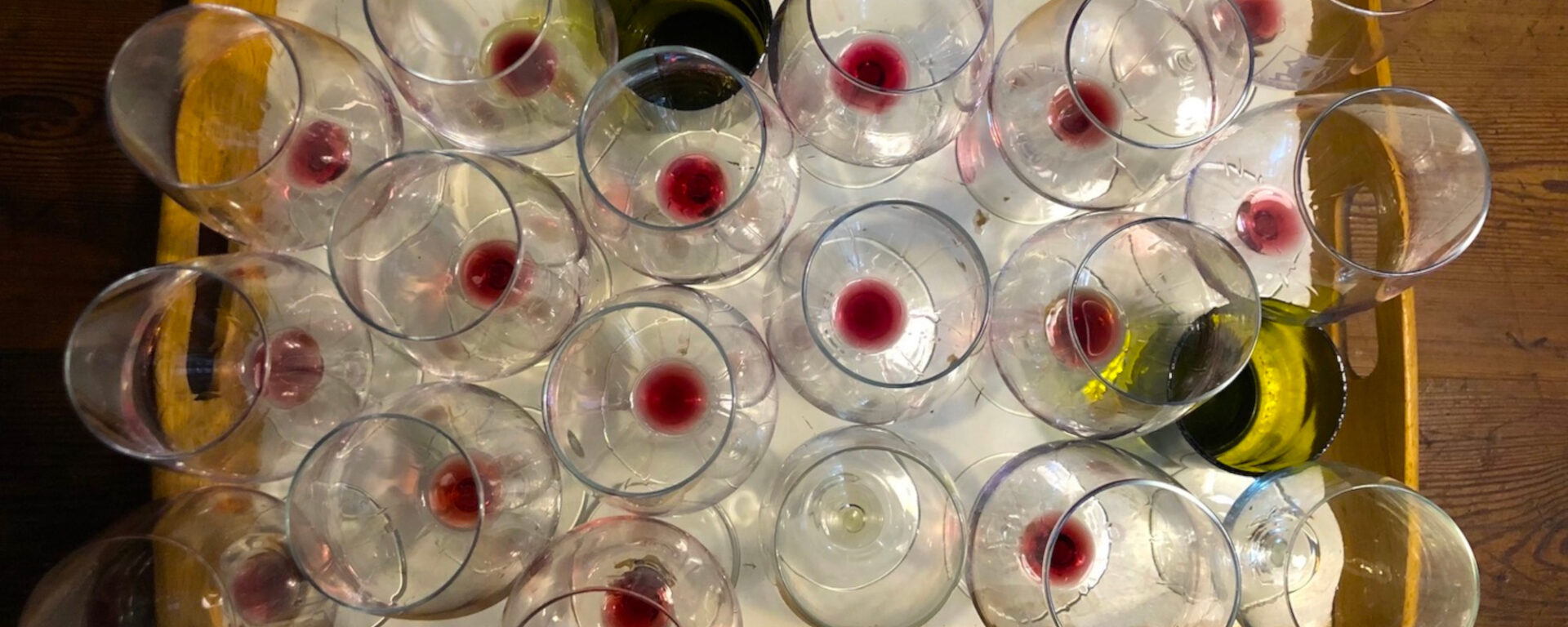The name Pieve de’ Pitti comes from the Florentine Pitti who owned the estate until the end of the XVII century and from the parish chapel of St. John of Pava, still consecrated (hallowed ground), that was built on the ruins of an ancient Etruscan church.
The Pieve de ‘Pitti is located on the southern edge of the municipality of Terricciola, in the heart of the Terre di Pisa at 140 meters above sea level.
Once the Castle of Pava was a little watching fortress of the way across the Era river and it had a little village around. Equipped with a strong soldier garrison, it was surrounded by solid fortifications.
Sitting in a convergence point of the valley, it was probably a gathering point for military troops, before being directed to the Pisan border zone, when invasion threats happened. The property, with the villa with a chapel and several outbuildings, was in XII and XIII century a little fortified village, belonging to the bishops of Volterra. In 1620 it looks like a rural village: “in the name of Cav. Cosimo Di Jacopo Pitti’s sons, besides many plats in the countryside round Terricciola, “a farmhouse with pigeonhole and several appurtenances, in the place called Pieve, a piggery in front of the farmhouse and an olive grove with vegetable garden and an orchard all around” are registered.
In 1794 the property was transferred to the sons of Anna Pitti and Federigo Lanfranchi Rossi, to whom it’s still registered in 1882.
Through following transfer of property, our family became the owner in late ‘60s.
At East side, a wooded valley is still named Valley of Pava.
Someone remembers a stone well with an underground tunnel, which appeared on the surface near the castle on the top of the hill.
The forester of the estate, born in Pieve de’ Pitti, related stories handed on by grandfathers, talking about legends, common to all castles. Somewhere there could be treasures hidden, even a golden horse!!
Times ago, during earth moving nearby the villa, human bones and ancient earthenware were brought to light. In that place, in the north of the hill, the cemetery of the castle was evidently.



